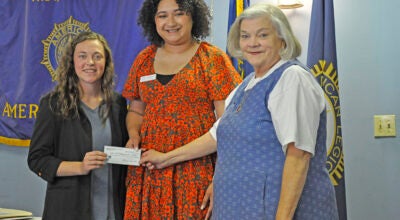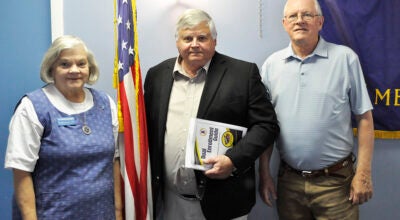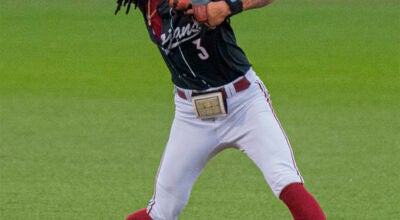Wrecks prompt concerns about lack of medians on U.S. 231
Published 3:00 am Saturday, July 15, 2017
A fatal accident on U.S. 231 south of Troy once again is raising concerns about highway safety and the lack of a median in that stretch of highway.
Three people lost their lives in a three-vehicle collision Monday on U.S. Highway 231 between Hamilton Crossroads. Debra Myers Askew, 61, of Brundidge and Robert and Suzette Pecnick, 49 and 46, of St. Augustine, Florida lost their lives when their two vehicles collided.
This was the second time this year that a fatal wreck has occurred on the highway south of Troy. Milton Shipman, 78, of Banks was killed in January on the stretch of road in another three-vehicle accident
Within a month, there was another three-vehicle wreck along the road injuring seven people, two of whom were airlifted for medical treatment. Fortunately, nobody was killed in the accident.
The roadway in question is approximately 15 miles long, from the northernmost part of Troy (near Wal-Mart) to the Pike County line.
“There’s been a concern for a long time on that stretch of roadway where there is no median to divide those northbound and southbound lanes,” said Troy Police Chief Randall Barr said. “There’s no buffer there if someone loses control. It shortens your reaction time. With a median, you might have a little more reaction time if you see someone starting to lose control. You may be able to make a decision to do what you need to do to avoid a crash.”
Tony Harris, chief of the media and communications bureau for the Alabama Department of Transportation, said that medians aren’t effective though in preventing vehicles from crossing over into oncoming traffic.
“Where there is a median on Highway 231, we would probably not consider that median wide enough to prevent a crossover,” Harris said. “Most of those medians are not wide enough to prevent a crossover into opposing traffic. When a vehicle loses control or leaves it’s lane, you typically need much wider medians to see a situation where you can count on the median to prevent the crossover from occurring.”
Barr said it’s true that the median isn’t enough to prevent a crossover from happening, but it could provide an extra moment to react.
“You would have to have some type of barrier to keep that from happening,” Barr said, “There’s not enough real estate to put median up that would stop that from happening … But distance is your friend. You have time to see the threat and react to the threat to try to get out of harm’s way. Instead of a little double-yellow line between you, you have a grass median.”
Harris said that, at the end of the day, most crashes don’t come down to the design of the road though.
“Safe roadways start with safe drivers,” Harris said. “Any time there is a head-on collision it means that opposing traffic has gotten out of its lane partially or completely. Nearly every crash is caused by driver error or driver behavior. There is only so much we can do from engineering standpoint to compensate for that.”





